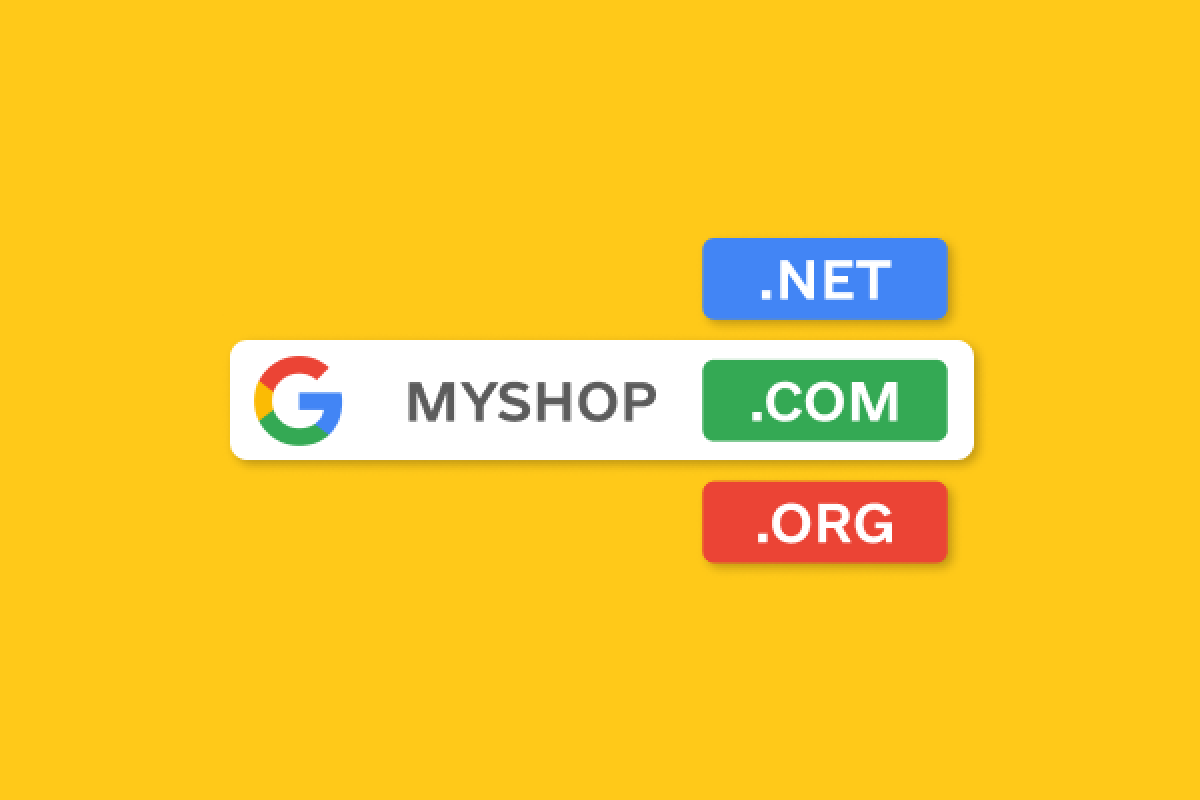Soft Bounce is a term used in email marketing to describe a situation where an email is not delivered to the recipient, but not due to problems with the email address. The reasons for a Soft Bounce are temporary and not the fault of the sender. For example, the email may not be received because the recipient's mailbox is full, or there are issues with the communication or mail server.
Soft Bounce should not be confused with Hard Bounce, where the email is not delivered because there are errors in the email address or the email profile is deactivated and no longer exists. In Soft Bounce, the recipient's address is correct, and delivery problems are usually related to technical issues and a subsequent resend will usually be successful. However, if Soft Bounce occurs several times and is not corrected, it becomes a Hard Bounce.
To reduce Soft Bounce occurrences, it is important to regularly clean up the mailing list by checking the contact list for invalid addresses and deleting them. In addition, it is recommended to use trusted and reliable email-sending services that provide additional tools for monitoring and managing Soft Bounce.
In general, Soft Bounce is a temporary phenomenon and usually does not signal serious issues with email marketing. The problem is often solved by resending the email. A worrisome signal is when Soft Bounce occurs repeatedly or too often. In such cases, it is important to check the email address and make sure it is valid and up-to-date. Soft Bounce can be used to evaluate the effectiveness of email marketing. If the percentage of Soft Bounce is too high, it indicates the need to improve the quality of the email list and the tools used to send emails.



